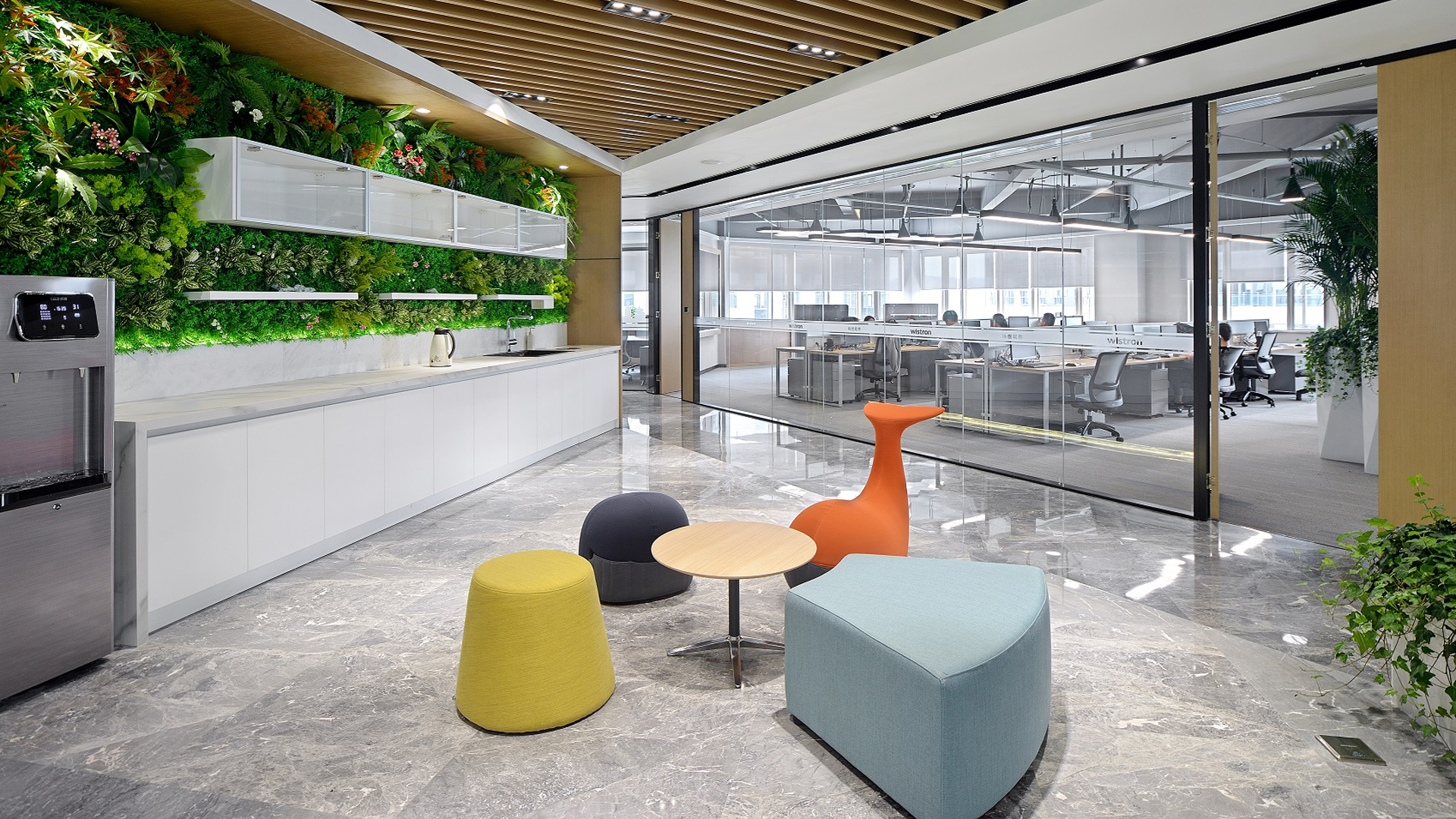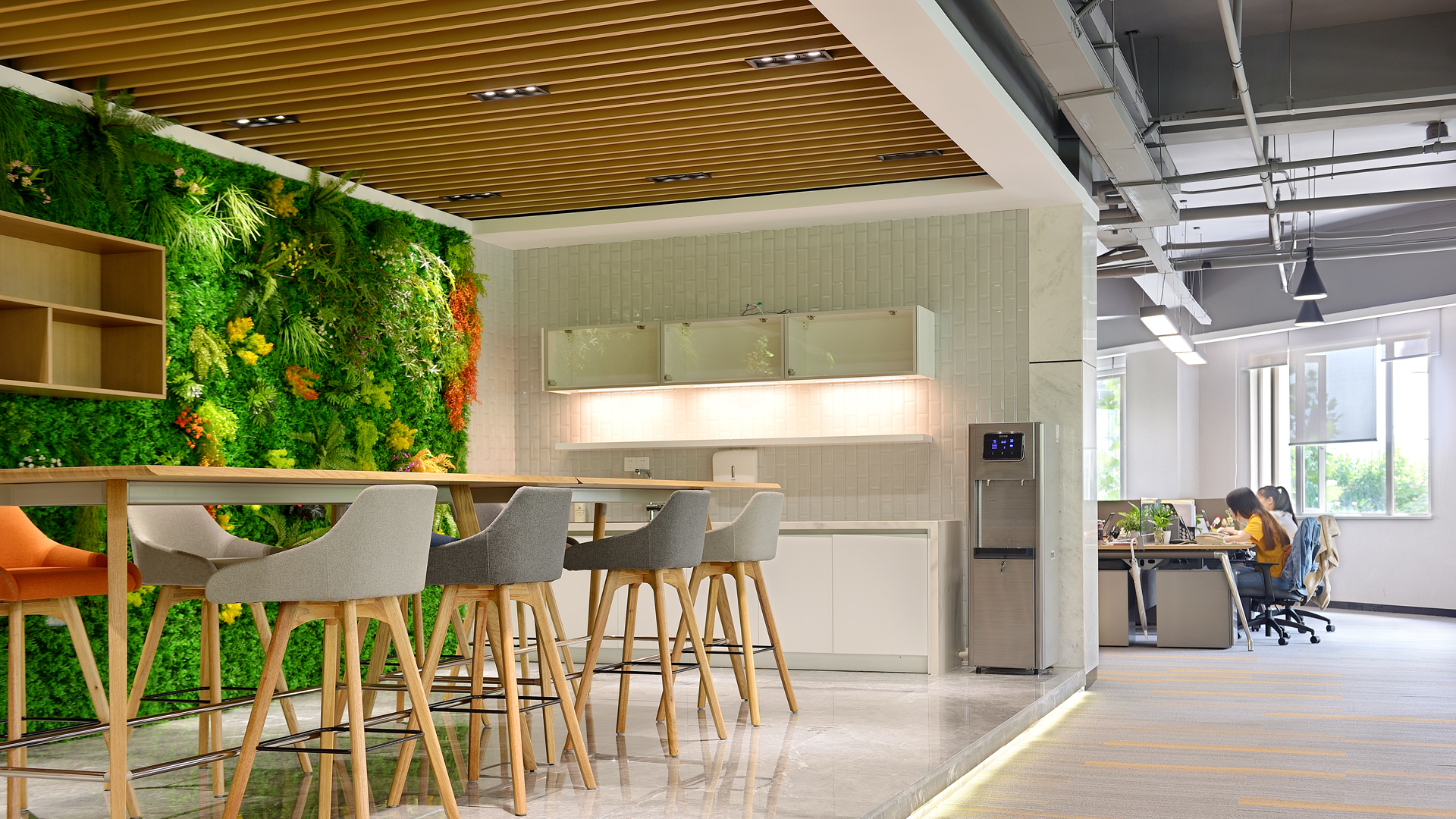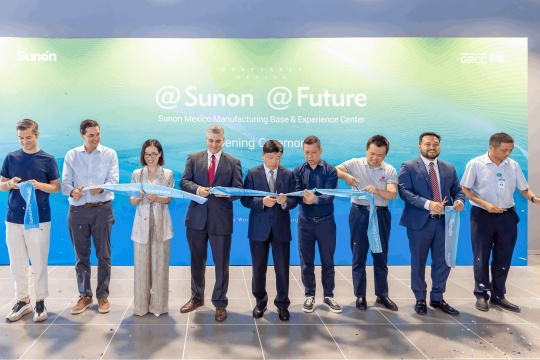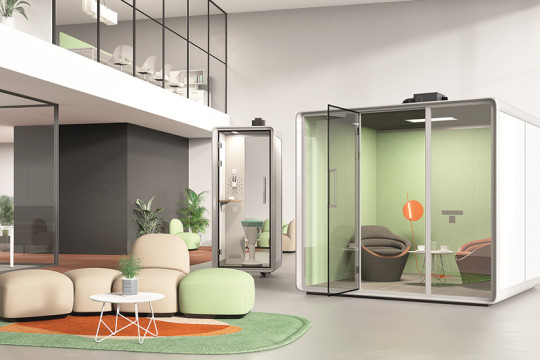5 Design Principles for Human Workplaces
Every employee feels accepted in an inclusive workplace, which values unique variations in the workforce. The target market is studied via inclusive design, which then offers a suitable solution to handle diversity. Different employees don't all work efficiently in the same ways. Excellent workplaces support a variety of workplace psychologies. The productivity and satisfaction of employees will increase if employers give them the freedom to select how and where they want to work.
Workers, potential employees, and outside visitors can see an organization's distinctive features through designing a workplace where human needs and organisational identity and values are connected harmoniously. This is a potent tactic that may boost staff retention and draw in fresh talent. A workspace created with its users in mind may maximise output, encourage teamwork, and improve workplace morale. Because of this, many companies are attempting to include wellbeing and empathetic principles in their workplaces.
Here are some 'human-centric' design principles that can be applied to workplace design.

Workplace inclusivity
Every employee feels accepted in an inclusive workplace, which values unique variations in the workforce. The target market is studied via inclusive design, which then offers a suitable solution to handle diversity. Different employees don't all work efficiently in the same ways. Excellent workplaces support a variety of workplace psychologies. The productivity and satisfaction of employees will increase if employers give them the freedom to select how and where they want to work.
Spaces influence emotions
Natural light, colours, textures, angles, surfaces, biophilia, and sound all have an impact on how individuals feel psychologically about their surroundings. Design should maximise emotional adaptability so that employees can perform at their peak in any circumstance. Natural surroundings, such as those with exposed wood, plants, fresh air, and natural light, instantly make people more relaxed. Workplaces need to express and demonstrate human qualities like curiosity, empathy, optimism, and resilience if creativity is to truly flourish and take root.

Build social spaces and community
Supporting people's innate need to socialize and have a sense of belonging at work is a key component of human design. The workplace is increasingly centred on a feeling of community, which is luring talent back. Employees can connect in social areas like break rooms and kitchens that are free from work-related or client-related concerns. It's crucial that workplaces reflect people, understand human activity inside them, and be designed accordingly. Innovation requires places where workers may experiment with new concepts, test new theories, and take calculated risks.
Sustainability is at the core of a human workplace
Sustainability entails a contemporary and dynamic design. When considering sustainability principles, it's crucial to choose materials and goods that have the least negative effects on the environment. You can recognise eco-friendly items by looking for labels, standards, and certifications that provide reliable information about the products' origin. Every organisation should place a high focus on using recyclable and renewable resources, eliminating waste when feasible, and lowering operating expenses. For instance, switching to LED lighting will not only result in financial savings and environmental advantages but there are also now confirmed enhancements to human wellbeing.

Connecting people with technology
The ability of technology and infrastructure to facilitate mobility and flexibility can fundamentally alter how people operate. "How can we use technology, such as productivity applications, progress boards, and social networking software, to foster cooperation and creativity, to help people in their work?" is the question that human design seeks to answer. Wherever possible and feasible, the employment of innovative and mobility-enabling technology should be promoted.


